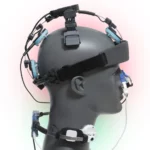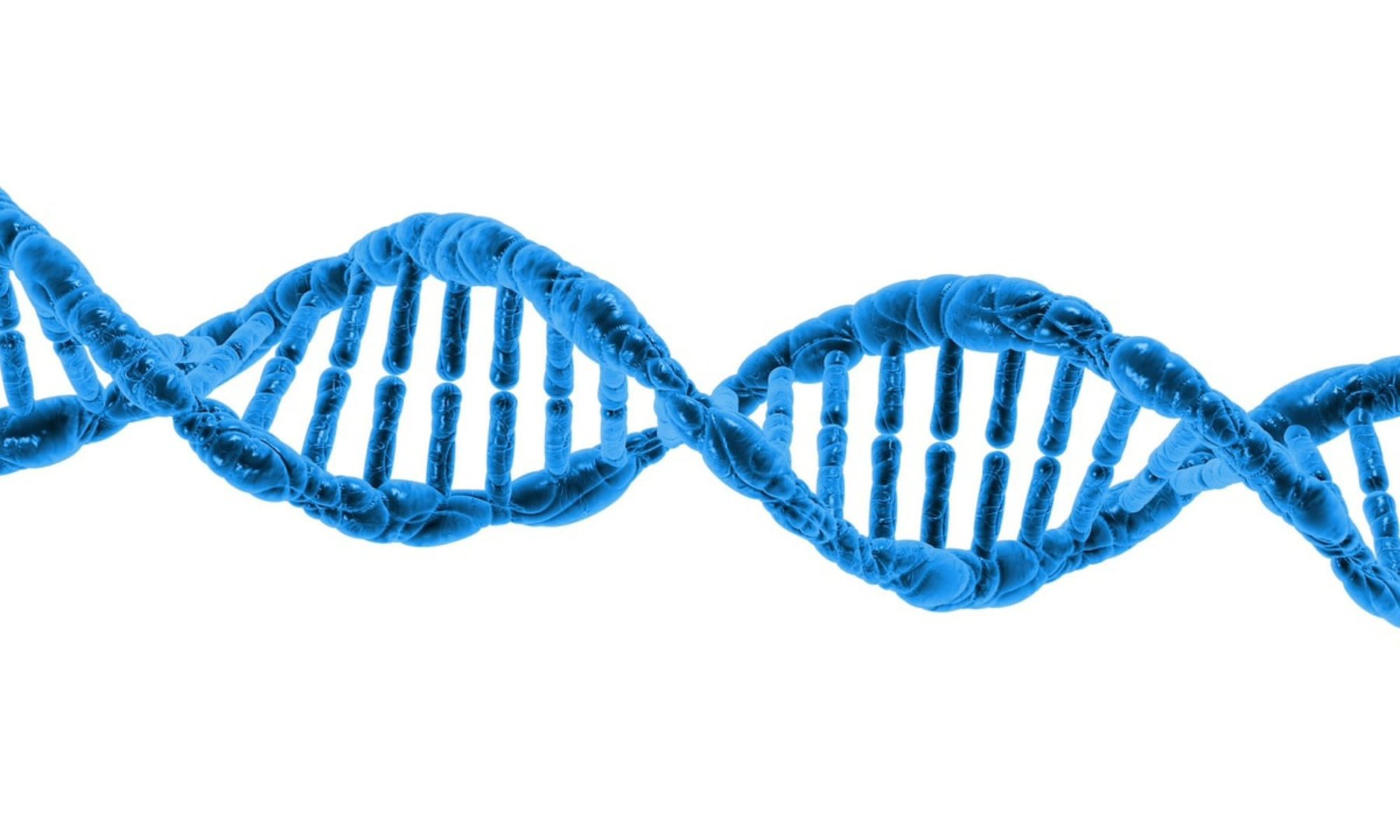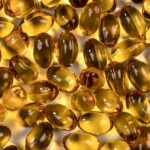For years Alzheimer’s has remained a formidable challenge in neuroscience, characterized by progressive cognitive decline and memory loss. Recent research evidence offers new hope. What is the Alzheimer’s breakthrough 2024?
The answer: a light therapy that has attracted intense interest among researchers in 2024. Previously known as low level laser therapy, the term used now for this breakthrough therapy is photobiomodulation.
The pioneer in this field is Vielight, a company in Toronto Canada that has engineered photobiomodulation devices which deliver the light therapy with head helmets and nasal applicators illustrated in the image to the right. Visit (https://www.vielight.com) for more information. When ordering any of their devices be sure to claim a 10% discount with coupon code healing4me.
that has engineered photobiomodulation devices which deliver the light therapy with head helmets and nasal applicators illustrated in the image to the right. Visit (https://www.vielight.com) for more information. When ordering any of their devices be sure to claim a 10% discount with coupon code healing4me.
Vielight alone has sponsored 15 independent studies using their devices to evaluate the value of their photobiomodulation devices as a therapy for Alzheimers, Parkinsons and other neurological conditions. The summary below of several studies is an excellent overview of this groundbreaking therapy.
I invite you to take a peak at a selection of study abstracts listed below all of which were published this year – 2024. As you can readily ascertain, researchers across the globe now view photobiomodulation as the Alzheimer’s breakthrough 2024.
Four Studies Reveal Why Photobiomodulation is the Alzheimer’s Breakthrough 2024
Alzheimers Res Ther. 2024 May 21;16(1):114. Photobiomodulation in experimental models of Alzheimer’s disease: state-of-the-art and translational perspectives
Abstract
Alzheimer’s disease (AD) poses a significant public health problem, affecting millions of people across the world. Despite decades of research into therapeutic strategies for AD, effective prevention or treatment for this devastating disorder remains elusive.
In this review, we discuss the potential of photobiomodulation (PBM) for preventing and alleviating AD-associated pathologies, with a focus on the biological mechanisms underlying this therapy. Future research directions and guidance for clinical practice for this non-invasive and non-pharmacological therapy are also highlighted.
The available evidence indicates that different treatment paradigms, including transcranial and systemic Photobiomodulation, along with the recently proposed remote Photobiomodulation, all could be promising for Alzheimer’s. Photobiomodulation exerts diverse biological effects, such as enhancing mitochondrial function, mitigating the neuro-inflammation caused by activated glial cells, increasing cerebral perfusion, improving glymphatic drainage, regulating the gut microbiome, boosting myokine production, and modulating the immune system.
Conclusion: We suggest that PBM may serve as a powerful therapeutic intervention for AD.
Future Sci OA. 2024 May 24;10(1):FSO922. Unleashing light’s healing power: an overview of photobiomodulation for Alzheimer’s treatment
Abstract
Aim: Photobiomodulation involves the use of low-level light therapy or near-infrared light therapy found to be useful in the treatment of a wide range of neurological diseases.
Objective: The aim is to review the mechanism and clinical applications of photobiomodulation therapy in managing Alzheimer’s disease.
Methods: To ensure that the consensus statement accurately reflects both the experts’ viewpoint and the most recent developments in the field, the expert opinions were recorded and thoroughly reviewed.
Results: Photobiomodulation elicits reduction of beta-amyloid plaque, restoration of mitochondrial function, anti-inflammatory and antioxidant properties with a stimulation in ATP synthesis.
Conclusion: The PBMT could be helpful in patients non-responsive to traditional pharmacological therapy providing significant aid in the management of Alzheimer’s disease.
Photodiagnosis Photodyn Ther. 2024 Apr:46:103991. Photobiomodulation’s potential as a non-invasive therapy for alzheimer’s disease and minimal cognitive impairment: A 12-week investigation.
Background: To explore the realm of non-pharmacologic therapies, our study evaluates the 12-week impact of non-invasive Photobiomodulation light therapy on cognitive and psychological aspects in individuals with Alzheimer’s and minimal cognitive impairment. The urgency of exploring innovative interventions is underscored by the rising occurrence of Alzheimer’s, particularly in regions with aging populations like Iran.
Method: 13 patients (6 case patients and 7 control patients) participated in the study. Sham treatment was administered to seven individuals, while another six received photobiomodulation treatment over 12 weeks, with daily at-home LED (810 nm wavelength) device usage lasting 20 min. Initially, the patient and their caregiver participated in two hospital sessions to acquaint them with the device’s operation.
Results: The mean reduction of Hamilton’s anxiety questionnaire score was 3.33±6.08 in the intervention group and 2.00±3.46 in the control group (p-value=0.836). The mean score reduction of the Hamilton depression questionnaire was 3.16±3.86 in the intervention group and 4.85±6.20 in the control group (p-value=0.836). The mean score of the DAD questionnaire in the intervention group before the study was 25.50±13.13 and after the intervention was 29.83±12.12 (p-value=0.084) and in the control group it was 29.71±8.19 and after the study was 29±0.972 (p-value = 0.526). The mean changes in the DAD questionnaire score in the intervention group increased by 4.33±4.92 and decreased by 0.71±2.81 in the control group (p-value=0.041).
Conclusion: In general, photobiomodulation light therapy appears to hold promise as a potentially safe method for enhancing the cognitive, functional, and psychological status of individuals with Alzheimer’s disease.
Int J Mol Sci. 2024 Jan 28;25(3):1625. Photobiomodulation for Neurodegenerative Diseases: A Scoping Review
Abstract
Neurodegenerative diseases involve the progressive dysfunction and loss of neurons in the central nervous system and thus present a significant challenge due to the absence of effective therapies for halting or reversing their progression. Based on the characteristics of neurodegenerative diseases such as Alzheimer’s disease (AD) and Parkinson’s disease (PD), which have prolonged incubation periods and protracted courses, exploring non-invasive physical therapy methods is essential for alleviating such diseases and ensuring that patients have an improved quality of life.
Photobiomodulation uses red and infrared light for therapeutic benefits and functions by stimulating, healing, regenerating, and protecting organizations at risk of injury, degradation, or death. Over the last two decades, photobiomodulation has gained widespread recognition as a non-invasive physical therapy method, showing efficacy in pain relief, anti-inflammatory responses, and tissue regeneration. Its application has expanded into the fields of neurology and psychiatry, where extensive research has been conducted.
This paper presents a review and evaluation of studies investigating photobiomodulation in neurodegenerative diseases, with a specific emphasis on recent applications in AD and PD treatment for both animal and human subjects. Molecular mechanisms related to neuron damage and cognitive impairment are scrutinized, offering valuable insights into PBM’s potential as a non-invasive therapeutic strategy.
Robert Rodgers PhD
Founder 2005
Alzheimers Recovery


 improves memory and cognition. Benfotiamine is a lab-made (or synthetic derivative) of thiamine (vitamin B1). It is available over the counter and does not require a prescription. (Note: As always consult with your doctor about changing the supplements you take even though they are not prescription medications)
improves memory and cognition. Benfotiamine is a lab-made (or synthetic derivative) of thiamine (vitamin B1). It is available over the counter and does not require a prescription. (Note: As always consult with your doctor about changing the supplements you take even though they are not prescription medications)
